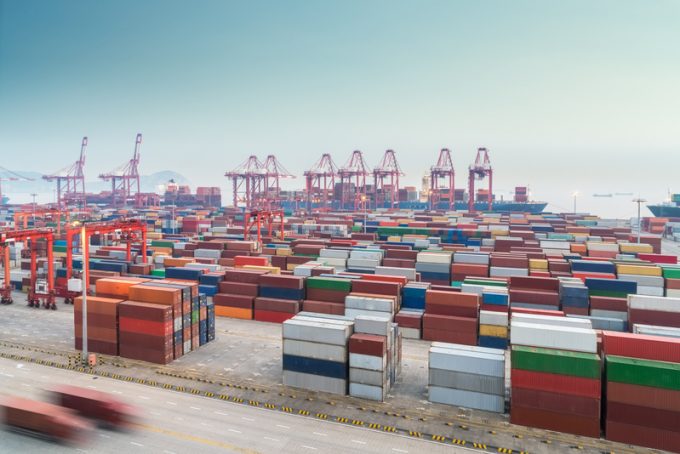MSC switches two more Asia-Europe port calls from congested Antwerp
MSC has decided to switch two more calls out of Antwerp on its Asia-North Europe ...

2M partners Maersk and MSC began loading their inducement Asia-North Europe loop service in China this week, as bookings and freight rates stay steady on the route.
However, there is no change to the 2M strategy of suspending its AE2/Swan loop until October, suggesting that demand ...

Comment on this article